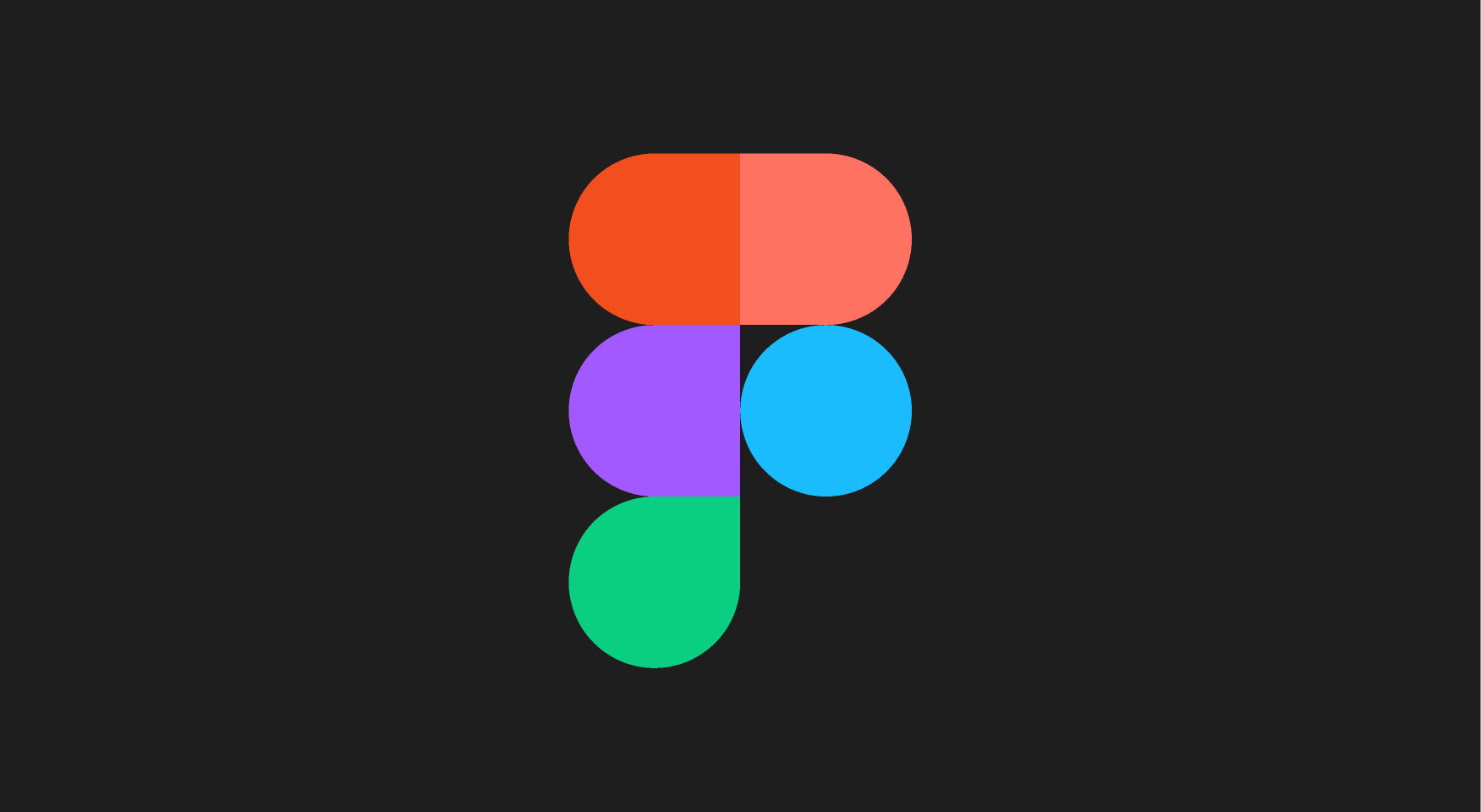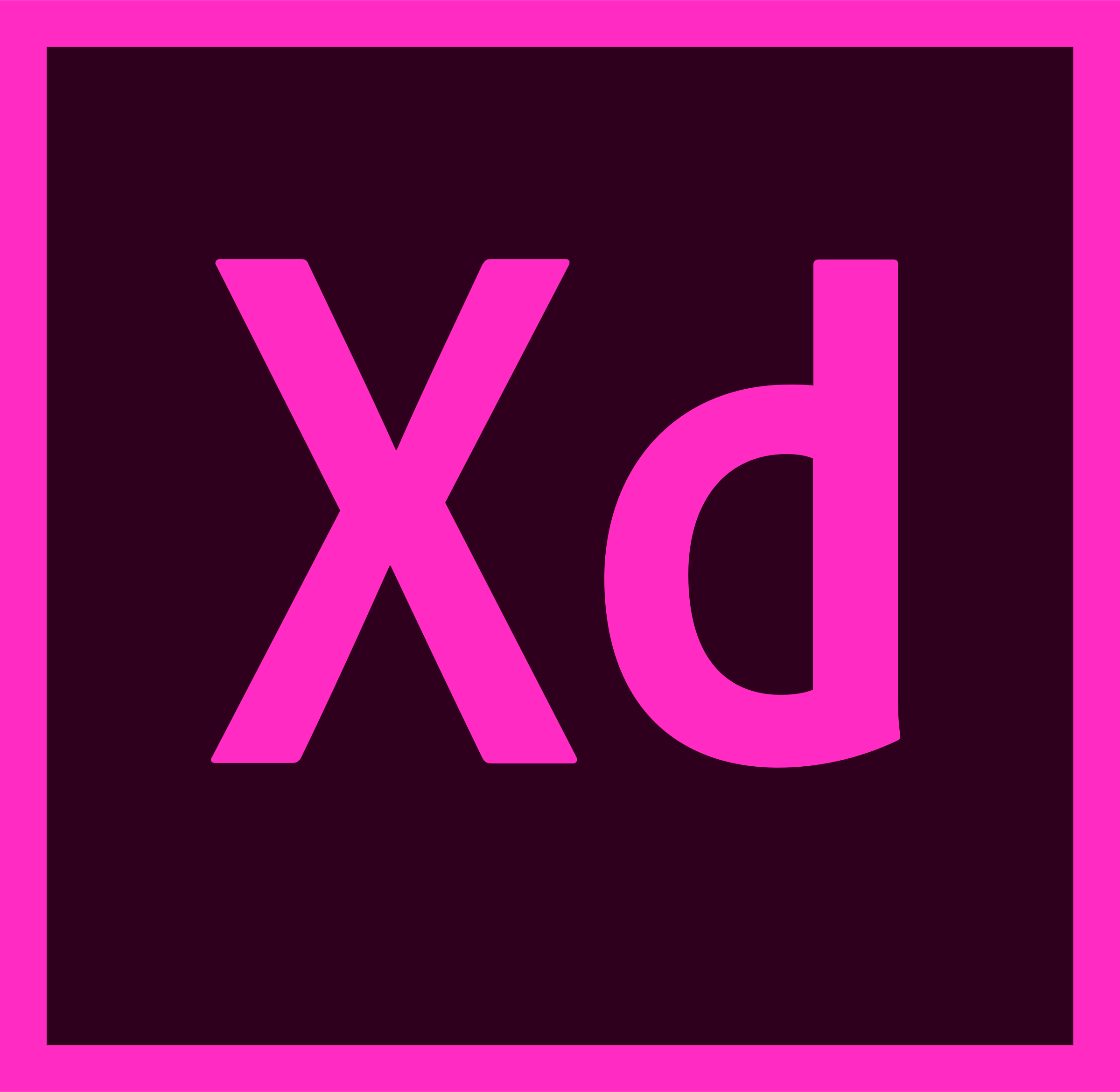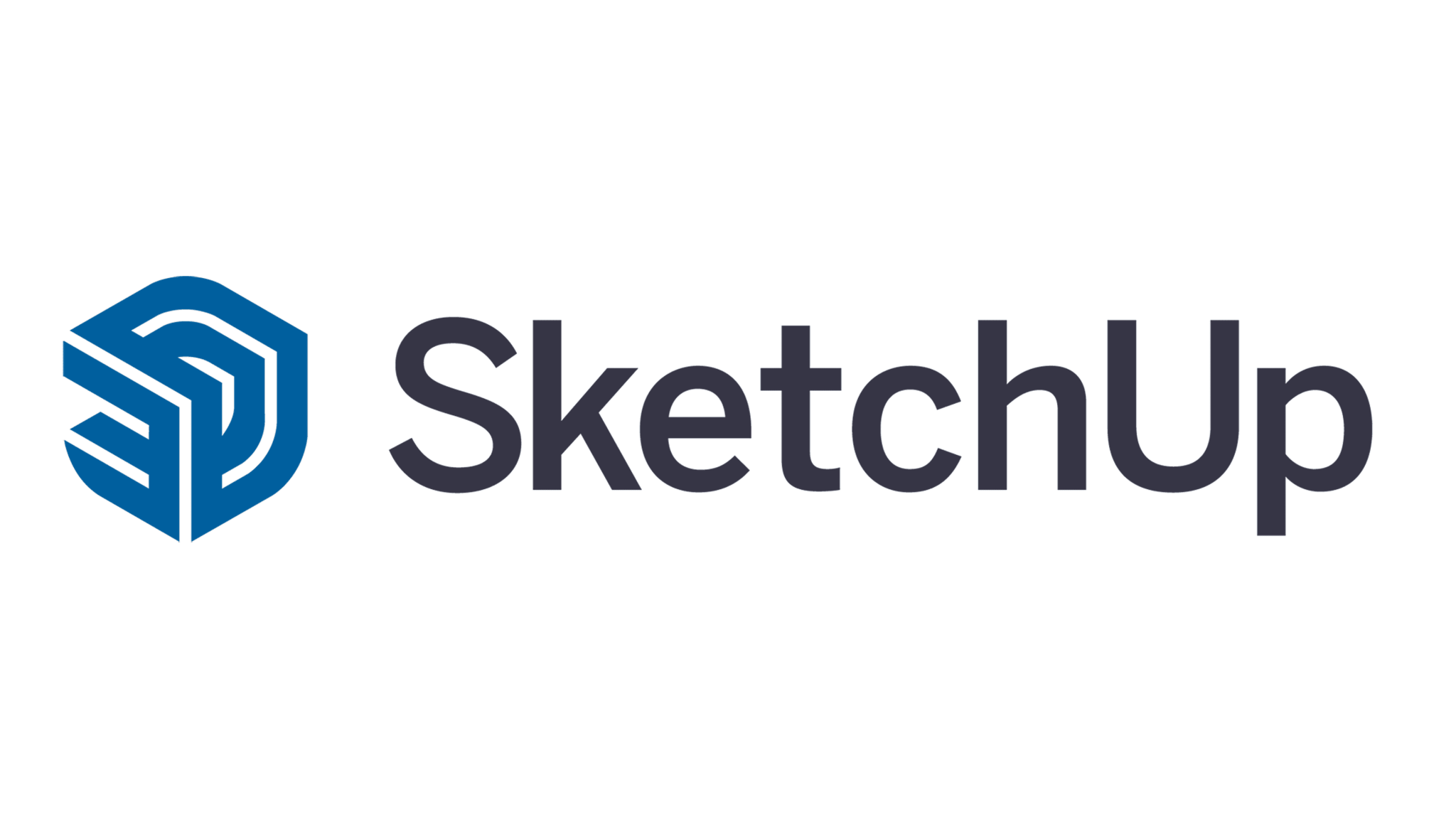
GIMP 2.10.36
Professional-grade image editing without the price tag, GIMP tackles pixel-perfection with its robust layering and advanced effects tools.
About GIMP
Revolutionizing Image Editing Without Breaking the Bank
As a digital artist, photographer, or simply someone who loves tinkering with images, you've probably spent hours perfecting your craft in pursuit of pixel-perfection. However, you might be surprised to find that even professional-grade image editing software can come with a hefty price tag. That's where GIMP comes in – the powerful and feature-rich image editing software that promises to deliver professional-grade results without the financial burden.
GIMP stands for GNU Image Manipulation Program, and it's been around since 1995, making it one of the oldest and most enduring image editing software out there. With its robust layering and advanced effects tools, GIMP has evolved into a formidable contender in the world of professional-grade image editing.
The Power of Layers
One of the key features that sets GIMP apart from other image editing software is its innovative layering system. Unlike traditional image editing software, which often forces you to work with a fixed, non-layered canvas, GIMP allows you to create complex compositions by stacking multiple layers on top of each other.
Here are just a few benefits of using GIMP's advanced layering system:
- Independence: Each layer can be edited independently, allowing you to make changes without affecting the rest of your image.
- Erasability: If you're not satisfied with a particular layer, you can simply erase it and start again from scratch.
- Blending Modes: GIMP offers a range of blending modes that allow you to seamlessly integrate multiple layers into one cohesive image.
"When I first started using GIMP, I was blown away by its powerful layering system. It's like having an entire suite of drawing tools at your fingertips!" - Sarah P., Professional Graphic Designer
Effects and Filters
GIMP also boasts an impressive array of effects and filters that can help you take your images to the next level. From subtle enhancements to dramatic transformations, GIMP's effects library has something for everyone.
Some popular effects in GIMP include:
- Orton Effect: Creates a dreamy, ethereal effect by blending multiple layers together.
- Glitch Art: Adds a fun, distorted texture to your images using a range of glitch art effects.
- Gaussian Blur: Smooths out noise and clutter in your images for a more polished look.
Advanced Tools and Features
In addition to its robust layering system and effects library, GIMP also offers a host of advanced tools and features that make it an ideal choice for professionals and hobbyists alike.
Here are just a few examples:
- Healing Brushes: Use GIMP's powerful healing brushes to remove blemishes, scars, or other imperfections from your images.
- Color Correction Tools: Adjust the color balance and saturation of your images with ease using GIMP's advanced color correction tools.
- Textured Paintbrushes: Add a unique, textured effect to your images by using GIMP's textured paintbrushes.
Conclusion
GIMP is more than just an image editing software – it's a powerful tool for creatives who want to push the boundaries of what's possible. With its robust layering system, advanced effects tools, and host of other features, GIMP offers professional-grade results without the price tag. So why wait? Download GIMP today and start exploring the world of pixel-perfection!
Get Started with GIMP
Ready to give GIMP a try? Here's how:
- Download: Head over to the official GIMP website and download the software for your operating system.
- Install: Follow the installation instructions to get started.
- Explore: Start exploring GIMP's features and tools by watching tutorials, reading documentation, or experimenting on your own.
With its incredible power and versatility, GIMP is sure to become your go-to image editing software in no time.
Technical Information
GIMP User Documentation
=======================
Table of Contents
System Requirements
To run GIMP, your system must meet the following requirements:
Operating System
- GIMP is available on Linux distributions:
- Ubuntu 20.04 LTS (64-bit)
- Fedora 34 (64-bit)
- Debian 11 (64-bit)
- For Windows:
- GIMP can be installed using the official installer, which supports Windows 10 and later versions.
- Minimum hardware requirements for running GIMP on Windows:
- CPU: Intel Core i3 or AMD equivalent
- RAM: 8 GB (16 GB recommended)
- Storage: At least 1.5 GB of free disk space
- For macOS:
- GIMP can be installed using Homebrew.
- Minimum hardware requirements for running GIMP on macOS:
- CPU: Intel Core i3 or AMD equivalent
- RAM: 8 GB (16 GB recommended)
- Storage: At least 1.5 GB of free disk space
Graphics Card and Display
- GIMP supports hardware acceleration, which can improve performance on supported graphics cards.
- Minimum display requirements:
- Resolution: 1024x768 pixels
- Color depth: 24-bit or higher
Installation Guide
To install GIMP, follow these steps:
- Download the latest version of GIMP from the official website: https://www.gimp.org/downloads/
- For Linux distributions:
- Run the following command to download and extract the package:
wget https://dl.gimp.org/stable/gimp-8.0.7.tar.gz(replace8.0.7with the latest version number) - Extract the package using
tar -xvf gimp-8.0.7.tar.gz
- Run the following command to download and extract the package:
- For Windows:
- Run the installer and follow the prompts to install GIMP.
- For macOS (via Homebrew):
- Run the following command to install GIMP:
brew install gimp
- Run the following command to install GIMP:
Post-Installation Steps
- After installation, you may need to configure your display settings for optimal performance.
- To enable hardware acceleration, go to Edit > Preferences, and in the Performance section, select OpenGL 3.3 or higher as the rendering engine.
Common Installation Issues:
- Make sure that your system has the necessary dependencies installed (e.g.,
libgtk-3for Ubuntu). - If you encounter issues with dependencies not being found, try reinstalling GIMP or using a different package manager.
Technical Architecture
GIMP is built on top of several core technologies and frameworks:
Core Technologies
- GTK+ 3.24: The primary GUI framework used by GIMP.
- GLib 2.60: A dependency library for GTK+, which provides various utility functions.
- ** librsvg-3.26**: Used for vector graphics rendering.
Frameworks and Languages
- C: The primary programming language used for building GIMP's core functionality.
- Python: Used as the scripting language, allowing users to write custom plugins.
Databases and APIs
- SQLite: The built-in database management system used by GIMP for storing user preferences and metadata.
- GIMP API: An Application Programming Interface (API) that allows developers to create custom plugins and extensions.
Performance Considerations:
- GIMP's performance is heavily dependent on the quality of your graphics card and CPU.
- Using a fast graphics card with at least 4 GB of VRAM can significantly improve performance.
- Reducing image sizes and using efficient rendering techniques can also help optimize performance.
Dependencies
GIMP requires several dependencies to be installed:
Core Libraries
- libgtk-3: The primary GUI framework used by GIMP. (Ubuntu/Debian:
sudo apt-get install libgtk-3-dev, Fedora:sudo dnf install gtk3-devel) - librsvg-3: Used for vector graphics rendering. (Ubuntu/Debian:
sudo apt-get install librsvg2-dev, Fedora:sudo dnf install svglib-devel)
Additional Libraries
- libjpeg-turbo: Required for JPEG image compression. (Ubuntu/Debian:
sudo apt-get install libjpeg-turbo8-dev, Fedora:sudo dnf install jpeg-turbo-devel) - libpng: Required for PNG image loading and saving. (Ubuntu/Debian:
sudo apt-get install libpng1-dev, Fedora:sudo dfn install png-devel)
Compatibility Concerns:
- GIMP may not work correctly on older versions of Linux distributions or Windows.
- Running GIMP with an outdated graphics card or insufficient RAM can result in performance issues.
Note
GIMP is a powerful image editing software, but it may require more technical expertise to use effectively. This documentation provides detailed information about the system requirements, installation process, and technical architecture of GIMP. By following these guidelines, you should be able to install and configure GIMP for optimal performance on your system.
System Requirements
| Operating System | Cross-platform |
| Additional Requirements | See technical information above |
File Information
| Size | 223 MB |
| Version | 2.10.36 |
| License | GPL-3.0 |
User Reviews
Write a Review
Download Now
Software Details
| Category: | Graphics & Design |
| Developer: | The GIMP Development Team |
| License: | GPL-3.0 |
| Added on: | January 20, 2022 |
| Updated on: | January 15, 2025 |




